Diweri Mangiri
Multi purpose craft @ Self Employed
Yenagoa, Nigeria
BODY PIERCINGS

Body piercing is a form of body modification, it is the practice of puncturing or cutting a part of the human body, creating an opening in which jewelry may be worn or where an implant could be inserted. The history of body piercing is obscure by popular misinformation and by a lack of scholarly reference, ample evidence exists to various forms by multiple sexes since ancient times throughout the world. The inserting could be metal, glass, though wood, bone, ivory and certain plastics are used as well.
Piercing is often combined with with other forms of body art, such as tattooing or branding. Virtually any part of the body can be and has been pierced and bejeweled. Widely pierced sites include; ear, eyebrows, nose, lip, tongue, navel or bellybutton, genitals.
Stretching ear piercing in which the whole is gradually enlarged by the use of weights or by the insertion of successively larger pieces of jewelry appear in diverse cultures as well
In Africa the Masin and Fulani are knokn for ear cartilage piercings, which may be stretched, other piercing include the ampallage, a horizontal piercing through the penis.
Ear and nose piercing have been particularly wide spread and are well represented in historical regard. The oldest mummified remains ever discovered had earrings, attesting to the existence of the practice more than 5,000 years ago. Nose piercing is documented as far back as 1500BCE. Piercings of these types have been documented globally, while lip, and tongue piercing were historically found in Africa cultures and so many more is actually from the Middle East. Nipples and genital piercing have also been practiced by various cultures, with nipples piercing dating back at least to ancient Rome while genital piercing is described as ancient India. The history of navel piercing is less clear.
The practice of body piercing has waxed and wanted in Western Cultures, but it has experienced an increase of population in the 1970s and spreading to mainstream in the 1990s. As body piercing has grown in popularity, it has come to be increasingly regulated , though it is still much less so than tattooing. It is not clear how or whether laws on injury, surgery or female circumcision might apply.
Almost any part of the body can be pierced bit it is always important to consider your individual anatomy before getting a piercing. Everyone's body is different and piercing such as upper ear piercing and intimate piercing are very dependent on the individual shape of ear. You can then choose not only to the placement that soothes your body but also the jewelry that has the best chance of healing your piercing. Some body piercings are known by different names in different countries and communities. Some piercing names are also dependent on the type of jewelry you wear in the piercing.
It is also important to think about your lifestyle, before piercing. Even though body piecing are not as permanent as tattoos, you still want to take some care when deciding where and how to get pierced. After all, body art makes a statement and can be part of your identity. The typical pain level, risks and healing times differ between different types of piercing. Knowing these factors can help you make right decision and best prepare when deciding on a new piercing.
After all, you want to stay healthy and safe, have a successful piercing experience and enjoy your new body art, for years to come.
Piercing might be more common than ever, but don't take it lightly. Knowing the risks and understand basic safety precautions and offer care steps. Any type of piecing poses the risk of complications, including:
Allergic reaction. Oral complications, jewelry worn in piercing the tongue can chip and crack your teeth and damage your gum. It can interfere with chewing and swallowing and sometimes breathing.
Skin infection. This might cause redness, pain, swelling or a pus-like discharge after a piercing.
Other skin problems. Piercing can lead to scares and raised areas caused by an over growth of scar tissue (keloid).
Blood borne disease. If the equipment used to do the piercing is contaminated with infected blood, you can contact various blood borne diseases, including, hepatitis B,C, tetanus and HIV.
Tearing or trauma. Jewelry can get caught and torn out accidentally, potentially requiring stitches or other repairs. A medication or other treatments are needed if you develop any allergic reaction, infection or other skin problems in the near future.
Before piercing make sure you are ready.
Insist on safety precautions i.e who does the piercing, the piercer should wear gloves, does the piercer use proper equipments, does the piercer use hypoallergenic jewelry, look for surgical stainless steel, titanium, niobium, 14 or 18 karat gold.
Take care of piercing. The skin around a new piercing might be swollen, tender, red for a few days. It might bleed slightly.
If the swelling, redness and bleeding last longer than a few days, contact your doctor. Prompt treatment can help prevent potentially serious complications.
To prevent infection and encourage healing.
Clean oral piercing with mouthwash. If you've had your tongue, lip or cheek pierced, rince with an alcohol free antiseptic mouth wash after each meal and before you go to bed. Use a soft bristle toothbrush to avoid introducing bacteria into your mouth. When the area has healed, take the piercing out and brush to remove plaque. Consider taking it out when eating or during strenuous activity.
Clear skin piercing. Clean twice a day with soap water, be sure to wash your hands before clearing the pierced site.
Avoid swimming. Stay out of pools, hot tubes, river, lake, and other bodies of water while your piercing is healing.
Don't fiddle with your piercing. Don't touch a new piercing or twist the jewelry unless you're cleaning it. Keep clothing away from your piercing too. Excessive rubbing or friction can irritate your skin and delay healing.
Keep the jewelry in place. Most piercings heal within four to six weeks, but some take several months or longer to heal. To maintain the piercing, leave the jewelry in place during this time, even at night, to keep the hole from closing.
Other insights from Diweri Mangiri
Referral Earning
Points-to-Coupons
Insights for you.



 594
594










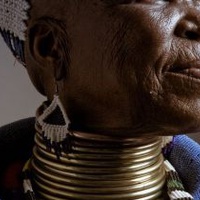
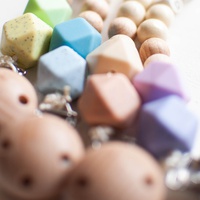

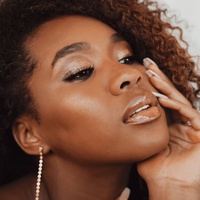
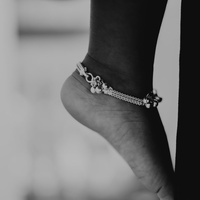
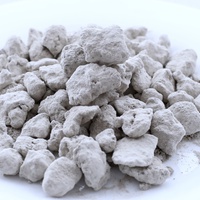
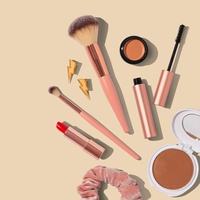
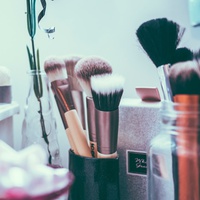



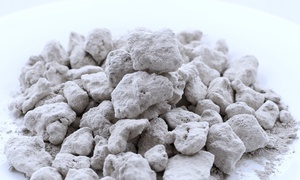


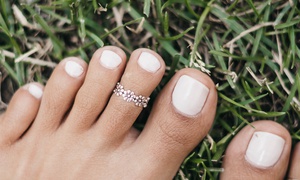
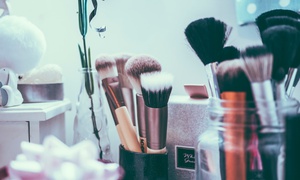
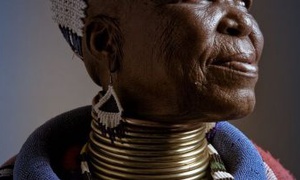

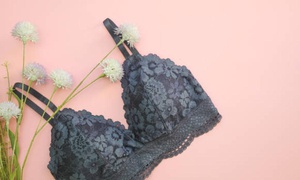

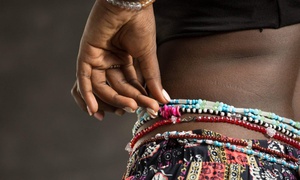
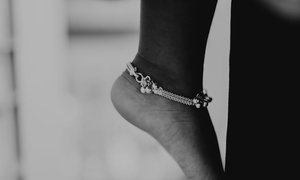














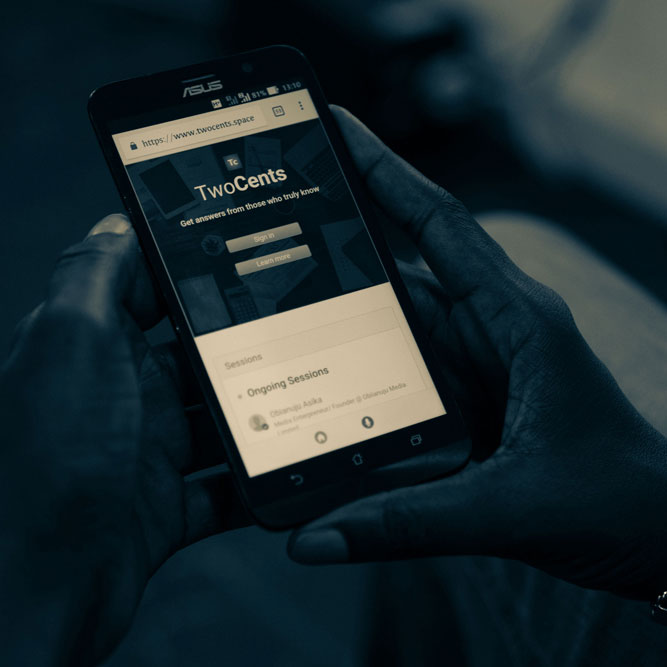
















Comments